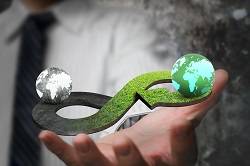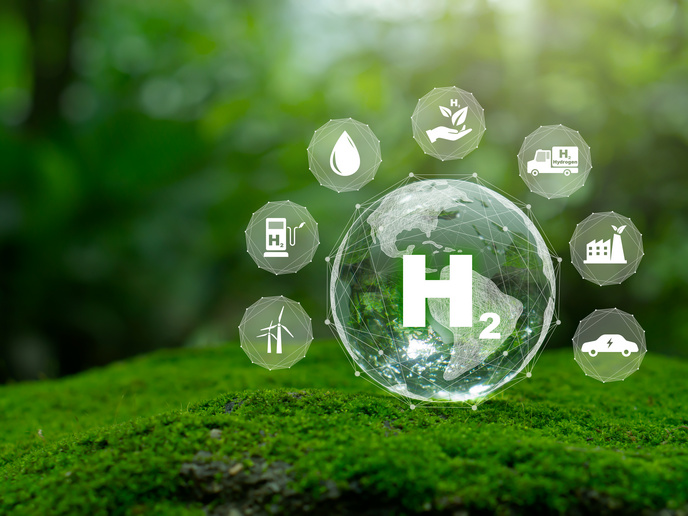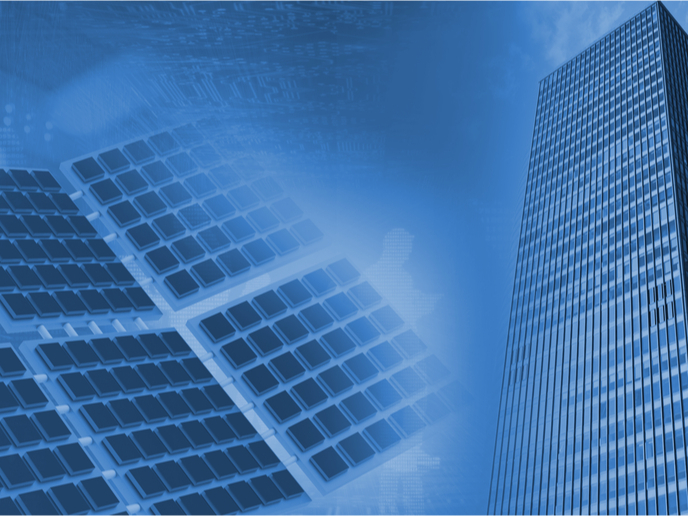Waste is a dirty word in the circular economy
The EU-funded NO-WASTE project set out to explore and test new approaches that maximise renewable energy, while minimising waste and emissions. Catalysis played a vital role in achieving this aim, which worked specifically with hydrogen and synthesis gas production from waste, utilisation of CO2, organic gases and agricultural waste, and for the development of new products created by optimised hydrothermal carbonisation process. The project’s transnational network brought together multi-disciplinary experts from Finland, France, Germany, Brazil, Morocco and China. Materials selection for the sustainable use of natural resources One of the key aims of the NO-WASTE project was to support efforts to develop the so-called circular economy. A prime example of this was the project’s efforts to utilise waste products as secondary raw materials. As the project coordinator Professor Riitta Keiski expounds ‘One of the unique things about the project was that we did not limit waste to solid materials, as is traditionally the case, but also considered liquids and gases.’ The waste products were selected based on their potential for sustainable reuse. A sustainability assessment tool, along with supportive criteria developed in Finland, helped in the selection process. The qualitative method used was based on the Green Chemistry Principles to guide raw material selection in the early stages of process design, such as for adsorption material production. Another criterion for selection was waste product prevalence in the participating countries. For example, in Morocco activated carbon was extracted from agricultural waste; as once processed the resulting microporosity increases the surface area available for adsorption and chemical reactions. Processing highlighted the transnational aspects of the project. As team member Doctor Satu Ojala recalls, ‘The Moroccan raw material was waste from olive and argan use. A Moroccan researcher first processed the raw material in Morocco, then was seconded to Germany to apply hydrothermal carbonisation (HTC). After that he went to Finland to use it for water purification and successfully tested for the removal of herbicides, pharmaceuticals and endocrine disruptors.’ A catalyst for EU environmental efforts NO-WASTE consciously contributed towards EU strategies to make European energy more secure, affordable and sustainable. Through the use of catalysts, the reaction rates required in certain conversion processes were improved and so the energy required was minimised. As catalysts are not consumed during reactions they can be reused. For example, one focus was on hydrogen production from waste-based materials, which contributed directly to the development of alternative, low-emission fuels. As team member Doctor Nicolas Bion highlights, ‘We included research into the replacement of fossil fuels used in the metallurgical industry with waste-based energy, using biogas to produce synthesis gas, which can then be used to reduce ore. This is an area we are continuing to explore.’ The project also supported EU targets to reduce greenhouse gases. For example, by decreasing methane emissions from coal mines in China, through catalytic oxidation. Catalytic oxidation was also used to abate volatile organic compound (VOC) emissions. Avoiding the incineration of VOCs by using them instead as raw production materials, stops the formation of CO2 emissions, as the carbon is retained within the chemical compound. Indeed, the team is currently pursuing the further utilisation of VOCs, aiming to produce valuable chemicals by developing catalytic materials that are: selective in formaldehyde production, sulphur-tolerant without losing activity and able to function in diluted conditions and at low temperatures.







